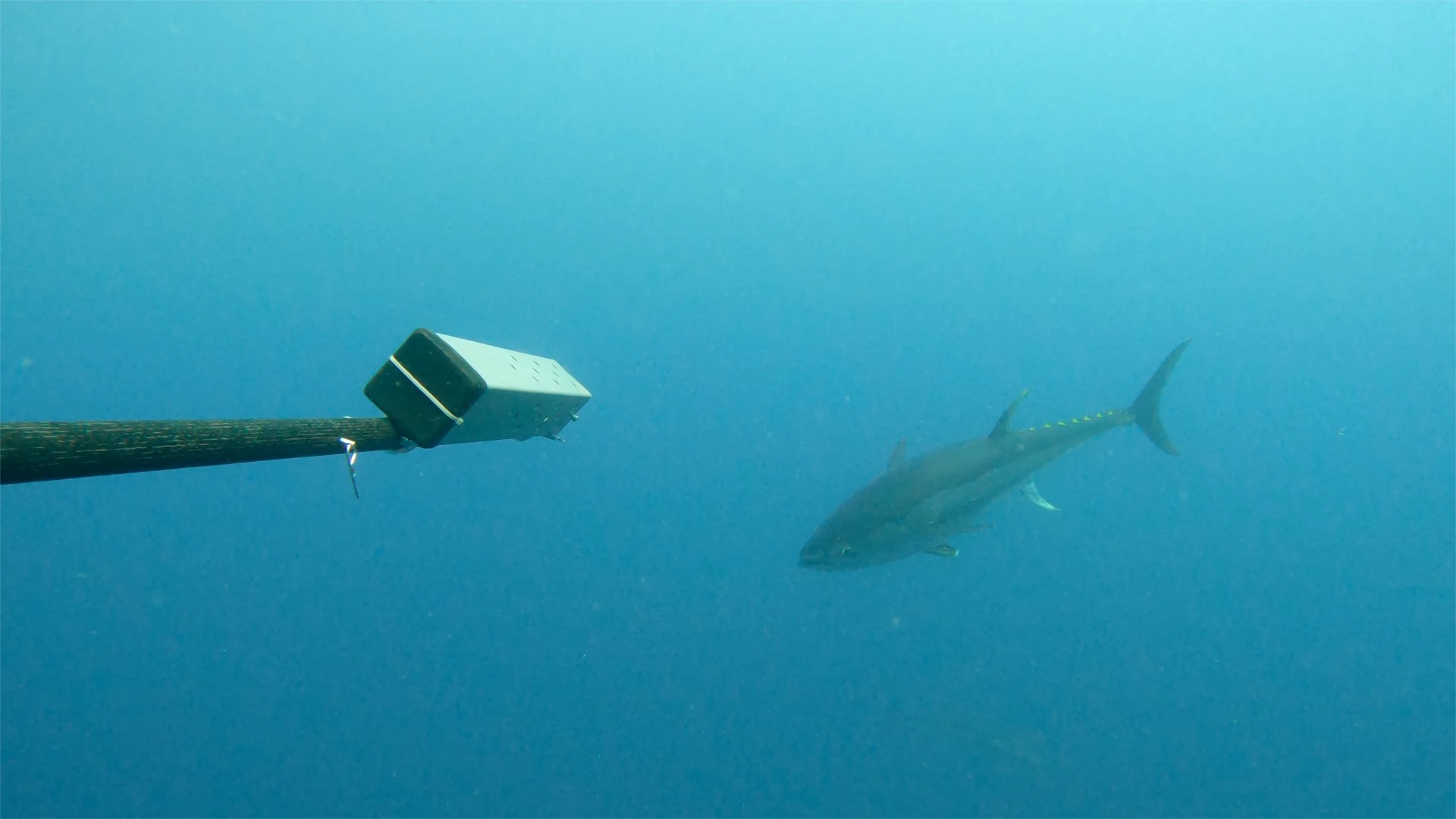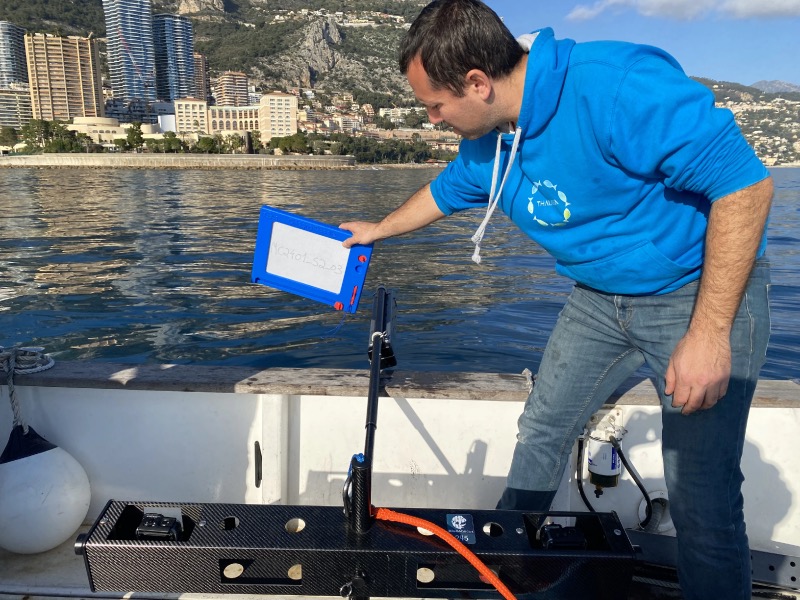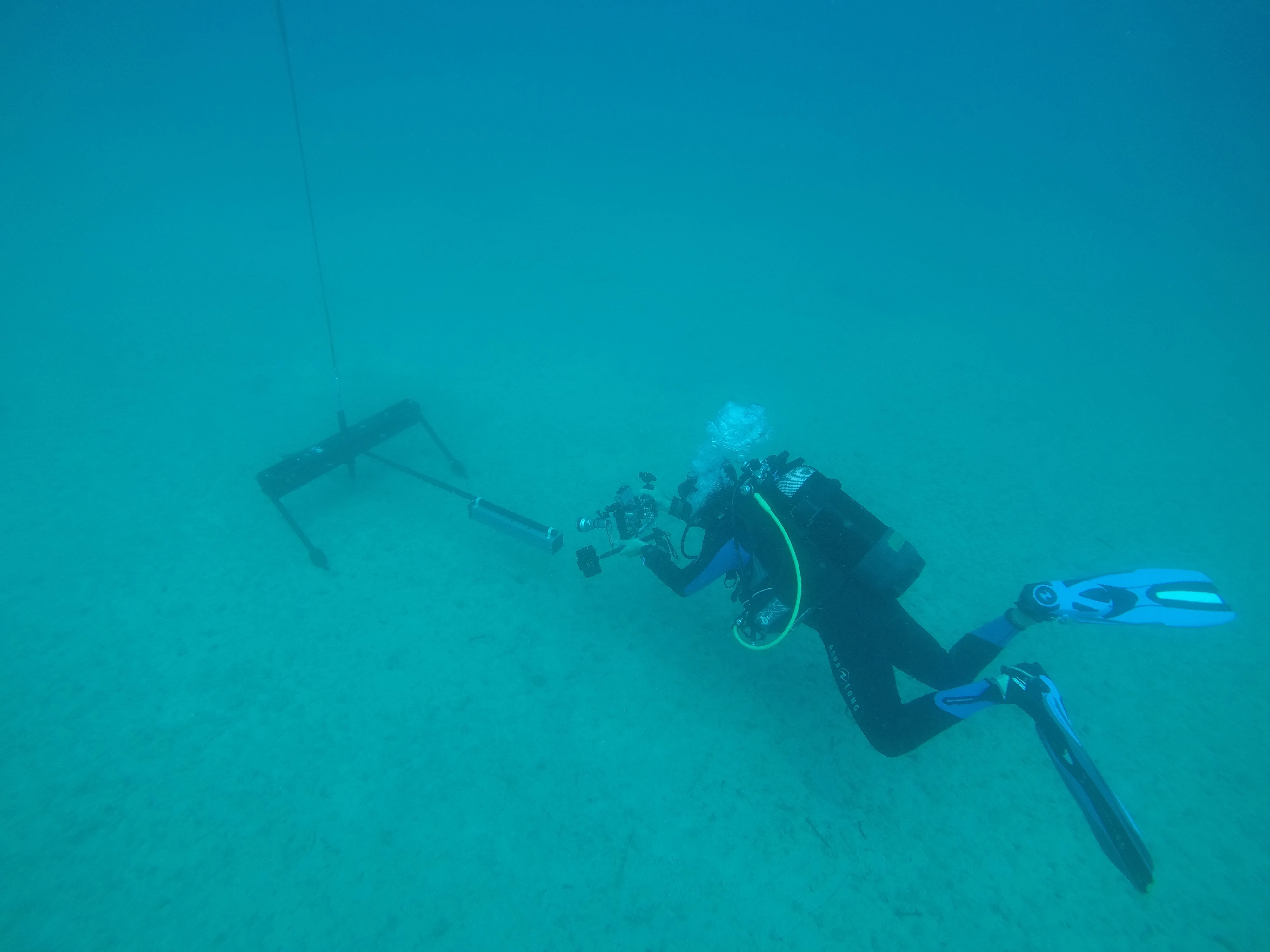
MONACO — As the principality readies itself for the Blue Economy and Finance Forum on June 7–8, 2025, during the United Nations Ocean Conference, a new study of the Larvotto Marine Protected Area (MPA) underscores Monaco’s leadership in marine conservation. Conducted by the Association Monégasque pour la Protection de la Nature (AMPN), THALASSA Marine Research and Environmental Awareness, and Blue Abacus, with support from the Prince Albert II of Monaco Foundation and Community Jameel, the study reveals a dynamic, biodiverse ecosystem that thrives with seasonal variation.
Using baited remote underwater video systems (BRUVS), researchers carried out two campaigns in July 2023 and January 2024, collecting 48 video recordings to assess marine life. The resulting data, detailed in a new report, is already guiding AMPN’s adaptive management strategies for the Larvotto MPA, emphasizing the value of evidence-based conservation.

The findings paint a vivid picture of ecological richness. In January 2024, researchers recorded 332 fish individuals—nearly triple the 123 observed in July 2023. Of the 32 species identified, only 12 appeared in both surveys, signaling significant seasonal shifts. Winter footage captured dense schools of blotched picarel (Spicara maena), making up 30% of individuals, while the common pandora (Pagellus erythrinus), Mediterranean eels (Muraena helena), and European congers (Conger conger) provided continuity across seasons.

The study also revealed seasonal changes in fish size and biomass, with winter surveys showing higher abundance and total biomass than summer. The smallest recorded fish, a 3.5 cm brown comber (Serranus hepatus), and the largest, a 73 cm common dentex (Dentex dentex), demonstrate the MPA’s capacity to nurture both juvenile and mature marine life. Rare and ecologically vital species, such as amberjacks (Seriola dumerili), seabreams (Diplodus sp.), and John Dory (Zeus faber), further highlight the reserve’s significance.
“The successful deployment of underwater video systems has unveiled the Larvotto reserve’s extraordinary richness,” said George Richards, director of Community Jameel. “This project delivers critical data to protect Monaco’s marine life.” Jacqueline Gautier-Debernardi, director of AMPN, added, “These seasonal differences reveal complex ecological dynamics, underscoring the need for continuous monitoring.”

The study sets a course for future conservation efforts, recommending expanded surveys of Posidonia seagrass, rocky substrates, and artificial structures to deepen understanding of the MPA’s biodiversity. Ongoing monitoring could also track shifts in fish populations linked to migration and climate change, offering insights with global implications.
As Monaco champions ocean protection, the Larvotto study exemplifies how innovative technology and international collaboration can drive sustainable marine management.

